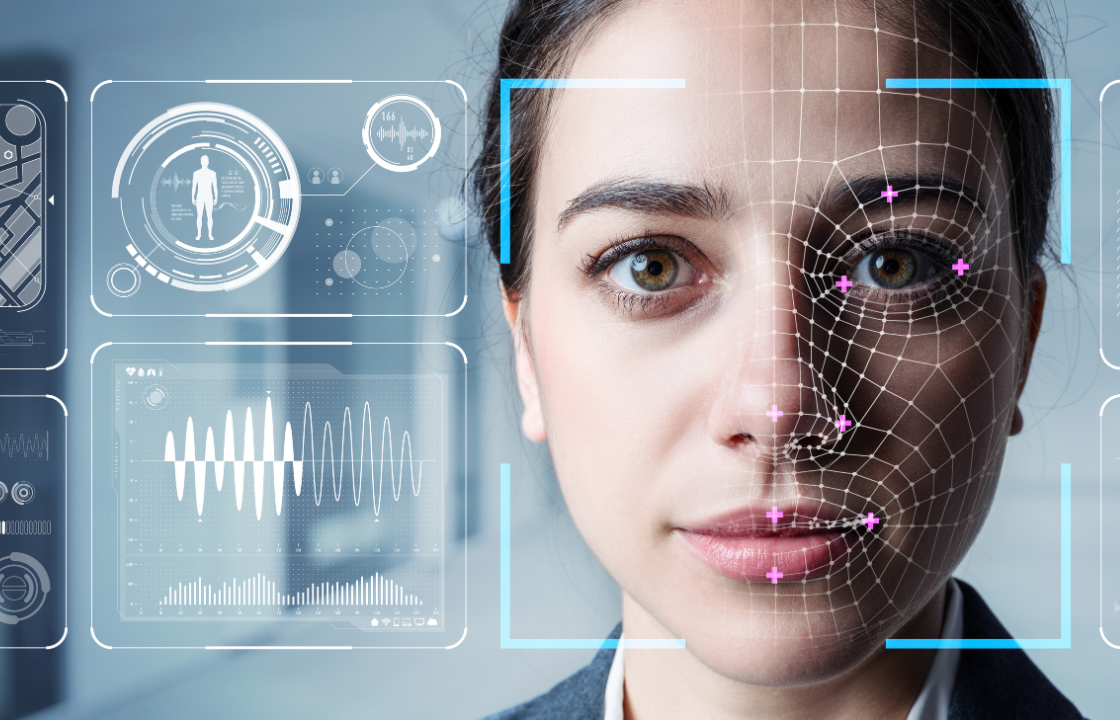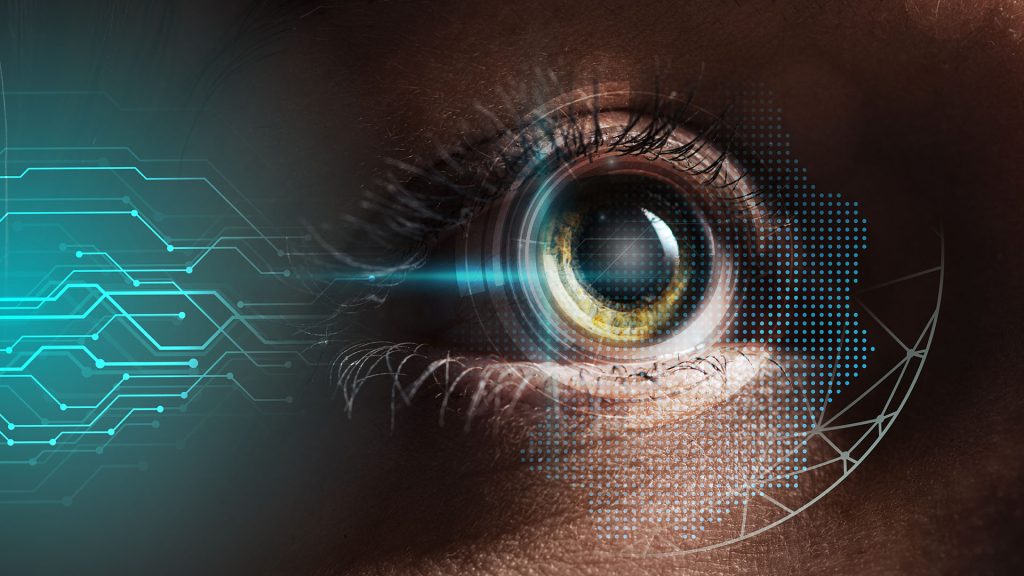As digital interactions become more prevalent, the need for robust security measures to protect sensitive information is greater than ever. Traditional authentication methods such as passwords and PINs are no longer sufficient in the face of evolving cyber threats. In this context, biometric authentication has emerged as a game-changing solution. This article explores the future of biometrics in digital security, examining its benefits, challenges, and potential impact on various sectors.
1. understanding biometrics

Biometrics refers to the use of unique biological characteristics to identify an individual. These characteristics include the following
Fingerprint recognition: Fingerprint scanning, one of the oldest and most widely used biometric methods, analyzes the unique patterns on a person’s fingertips.
Facial recognition: This technology uses algorithms to identify and verify individuals based on their facial features, and is increasingly popular in smartphones and security systems.
Iris recognition: This method analyzes the unique patterns of the iris to verify identity with a high degree of accuracy.
Voice Recognition: Voice biometrics analyzes the unique characteristics of an individual’s voice, including pitch, tone, and speech patterns.
Behavioral biometrics: This involves analyzing a user’s behavioral patterns, such as typing rhythm or mouse movements, to authenticate identity.
2. advantages of biometric authentication

Biometric authentication offers several advantages over traditional methods, making it an attractive option for enhancing digital security:
2.1. enhanced security
Biometrics provide a higher level of security compared to passwords and PINs, which are easily forgotten, stolen, or hacked. Since biometrics are unique to each individual, they are extremely difficult to duplicate or forge.
2.2. convenience and user experience
Biometric systems streamline the authentication process and provide a more convenient user experience. Users can quickly access devices and applications without the need to remember complex passwords, leading to increased user satisfaction.
2.3. reduce fraud and identity theft
By utilizing biometric authentication, organizations can reduce the risk of fraud and identity theft. This is especially important in areas such as banking and finance, where secure transactions are critical.
2.4. Increased Accountability
Biometric systems create a clear link between individuals and their actions, enhancing accountability. This is valuable in areas such as health care, where maintaining accurate records and access controls is essential.
3. current applications of biometrics

Biometric technology is already being used in a variety of fields, demonstrating its versatility and effectiveness:
3.1. financial services
Many banks and financial institutions have incorporated biometric authentication into their security protocols. Fingerprint and facial recognition are commonly used to authorize transactions and access accounts, providing an additional layer of protection against unauthorized access.
3.2. smartphones and consumer electronics
Biometric authentication has become a standard feature of smartphones and other consumer devices. Users can unlock devices and authorize purchases with fingerprint or facial recognition, increasing security and convenience.
3.3. travel and immigration control
Airports and border control agencies are increasingly adopting biometric technology for passenger identification. Facial recognition systems speed the check-in process and enhance security by accurately verifying identity.
3.4. healthcare
Biometric systems are used to protect patient records and control access to sensitive information in healthcare facilities. This prevents unauthorized access and ensures compliance with HIPAA and other regulations.
4. Challenges and Concerns
Despite its benefits, the implementation of biometric authentication is not without challenges and concerns:
4.1. privacy concerns
The collection and storage of biometric data raises significant privacy concerns. Individuals may be concerned about how their data will be used, shared, and protected, leading to potential resistance to adoption.
4.2. data breach
Biometric data is more secure than traditional passwords, but it is not immune to compromise. If biometric data is compromised, individuals are permanently vulnerable because they cannot change their fingerprints or facial features.
4.3. technical limitations
Biometric systems may face challenges in accuracy and reliability. Environmental factors, such as lighting conditions for facial recognition and skin texture for fingerprint scanning, can affect performance. In addition, specific population groups may present unique challenges with respect to biometric recognition.
4.4. regulatory compliance
Organizations implementing biometric authentication must navigate a complex regulatory framework for data protection and privacy. Ensuring compliance with laws such as the General Data Protection Regulation (GDPR) is essential to avoid legal repercussions.
5. the future of biometrics in digital security
The future of biometric authentication is promising, and several trends are expected to shape its evolution:
5.1. technological advances
As biometric technology continues to advance, we can expect to see improvements in accuracy and reliability; innovations in AI and machine learning will enhance the ability of biometric systems to adapt to different conditions and user behaviors.
5.2. multimodal biometrics
To enhance security and user experience, organizations can adopt multimodal biometric systems that combine multiple authentication methods. For example, facial and voice recognition can be combined to provide a more robust security solution.
5.3. integration with IoT devices
With the proliferation of Internet of Things (IoT) devices, biometric authentication will likely be integrated into smart home and wearable technologies. This will enhance security in a wide range of applications from home automation to health monitoring.
5.4 Focus on Privacy and Ethics
As privacy concerns grow, it will become increasingly important to develop ethical standards for the collection and use of biometric data. Organizations must prioritize transparency and user consent to build trust with consumers.
Conclusion.
Biometrics are poised to play a pivotal role in the future of digital security by providing enhanced protection against unauthorized access and identity theft. While challenges remain, the benefits of biometric authentication are compelling and its adoption is growing in a variety of sectors.
As the technology continues to evolve, the integration of biometric systems into everyday life is likely to become more seamless and pervasive. By addressing privacy concerns and ensuring responsible use of biometric data, we can take full advantage of the potential of this transformative technology and pave the way for a more secure digital future. As we embrace the future of biometrics, we must remain vigilant in our commitment to protect personal information while improving security and user experience.










